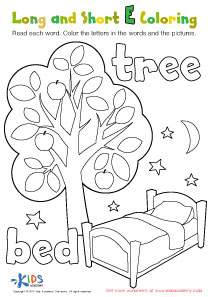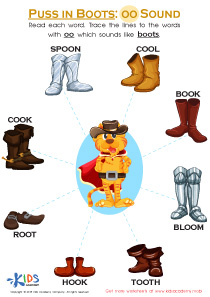Normal Silent Vowels Worksheets for Ages 7-9
5 filtered results
-
From - To
Welcome to our engaging "Normal Silent Vowels Worksheets" designed for children aged 7-9! These thoughtfully crafted worksheets aim to enhance students' understanding of silent vowels in a fun and interactive manner. Through a variety of exercises, kids will learn to identify silent vowels and use them correctly in words. Each worksheet includes clear instructions, captivating visuals, and level-appropriate challenges, ensuring children stay motivated while developing their phonics skills. Perfect for classroom use or homework, these resources are ideal for effectively reinforcing important reading concepts. Download now to help your young learners master silent vowels and boost their literacy confidence!
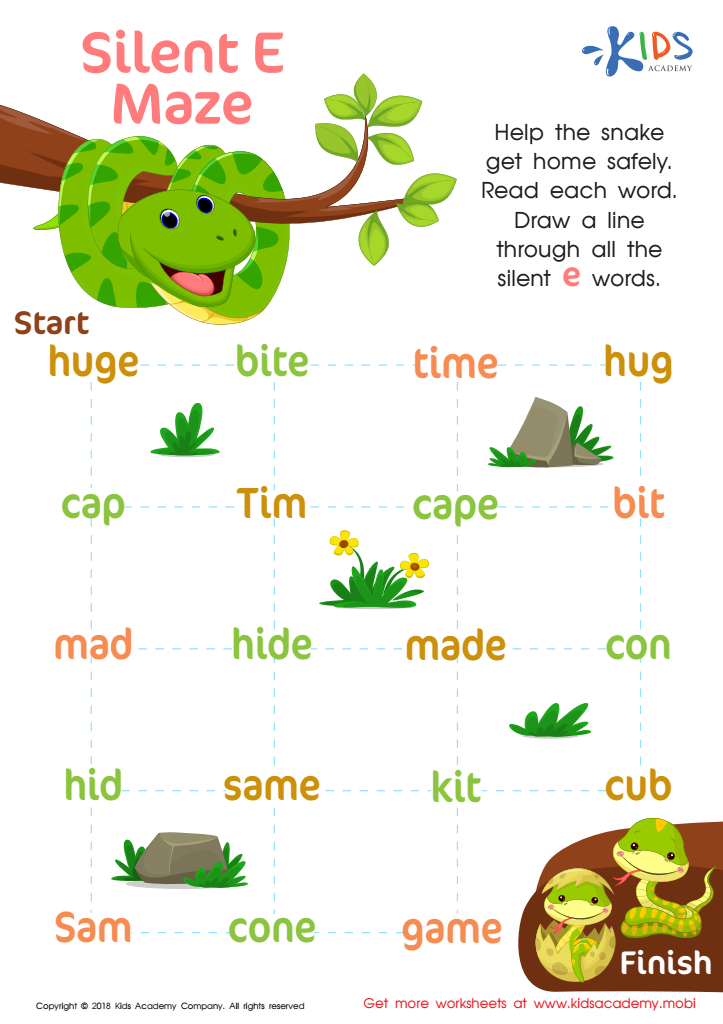

Silent E Maze Worksheet
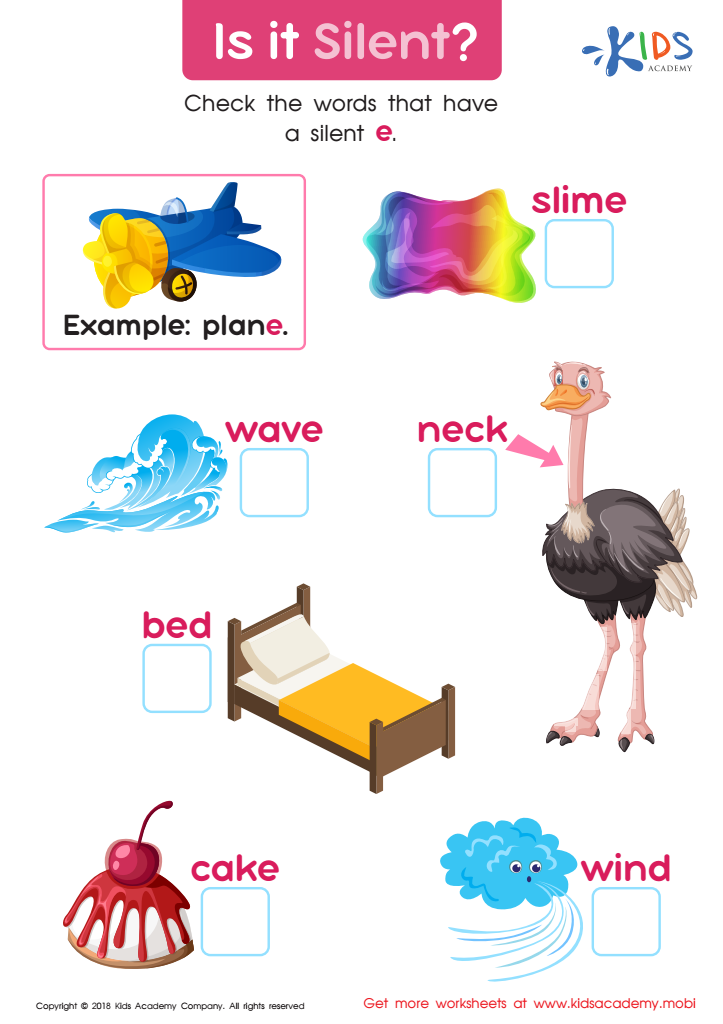

Is It Silent? Worksheet


Silent E Sentences Worksheet
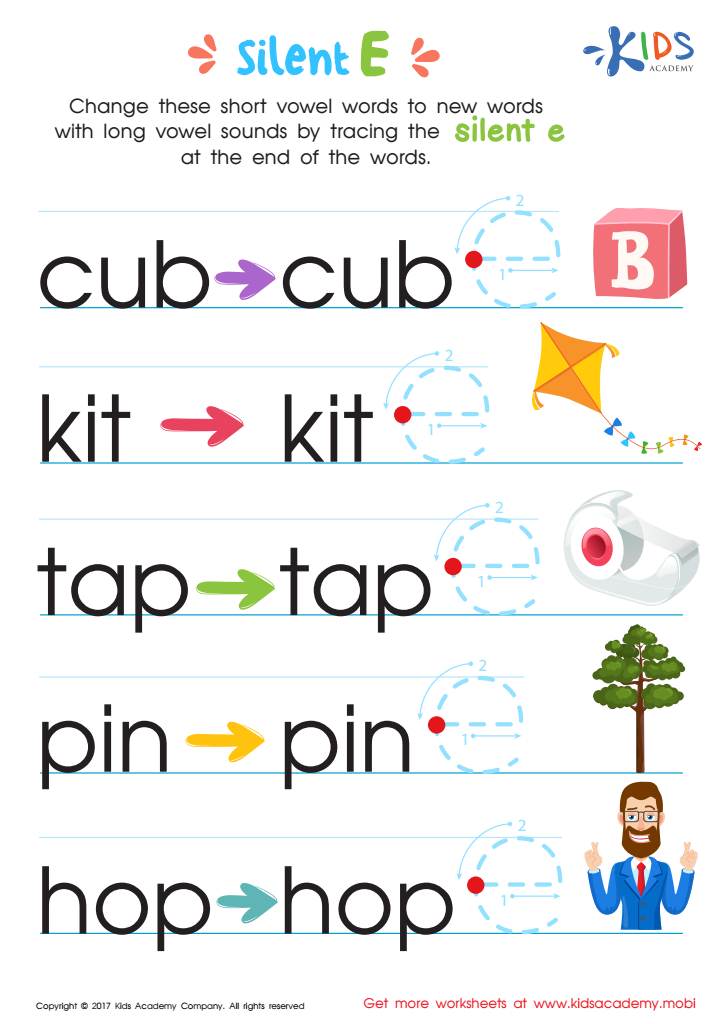

Silent E Words Worksheet
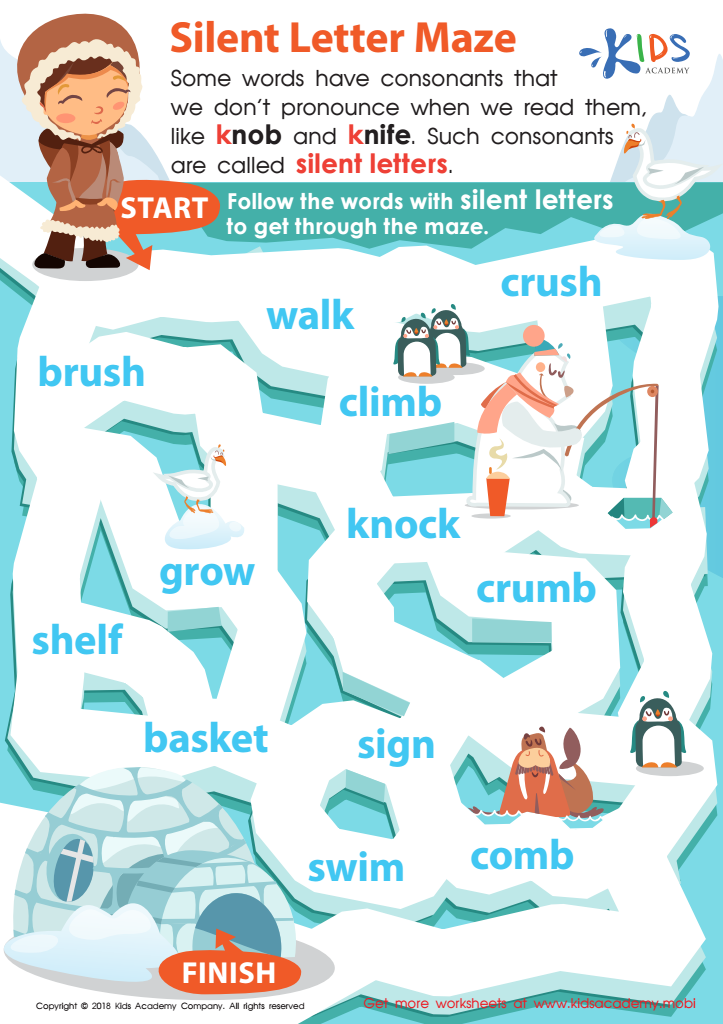

Silent Letter Maze Worksheet
Normal silent vowels, such as the "e" in "cake" or the "a" in "bread," are crucial for children aged 7-9 as they develop their reading and writing skills. Understanding these vowels enhances their phonemic awareness, which is the foundation of literacy. When children learn to recognize silent vowels, they become better equipped to decode unfamiliar words, ultimately boosting their reading fluency.
For parents and teachers, focusing on silent vowels can aid in improving spelling skills. As students gain mastery over silent vowels, their ability to spell words increases, making writing tasks less daunting. It also enriches their vocabulary. By exposing children to words with silent vowels, educators can introduce new terms and their meanings, fostering a love for language.
Additionally, recognizing patterns involving silent vowels equips children with skills to tackle more complex texts, nurturing their comprehension abilities. This understanding promotes confidence in their reading choices, leading to increased motivation to engage with literature. Ultimately, emphasizing silent vowels aligns with the overarching goal of fostering proficient, independent readers and writers. By prioritizing this aspect of language education, parents and teachers can play a pivotal role in enhancing children's literacy development and overall academic success.

 Assign to My Students
Assign to My Students






